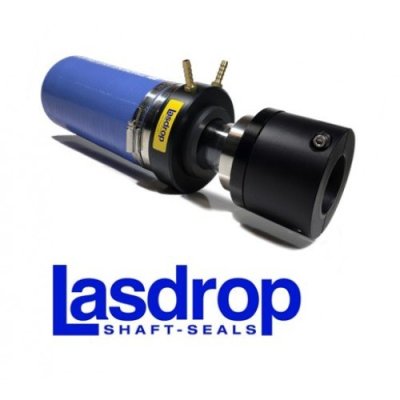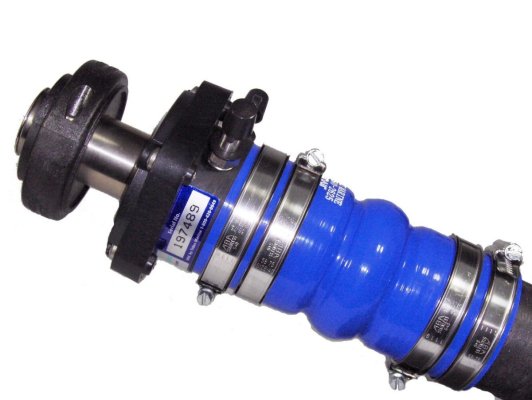Took the boat out today for a little test run after the regular oil/filter etc. maintenance and the dripless shaft seal is dripless no more. I'd say leaking at a good 5 gallons or more per hour. I pushed in on the bellows as much as possible and ran the engine a bit in forward and reverse but no luck stopping it. The yards in Key West are--well yards in Key West. Sorry but we don't haul boats on Sunday and we are backed up for weeks anyway. Boat is sinking--oh "hate to hear that."
Anything else I can try without risking making it much worse? And if it won't stop any ideas on how to manage this until I can get hauled somewhere?
Plastic and duck tape aren't doing the trick. Was thinking maybe a couple hose clamps and heavy plastic might work.
As soon as I figure out how to attach a picture of the seal I will send it.
Don
Anything else I can try without risking making it much worse? And if it won't stop any ideas on how to manage this until I can get hauled somewhere?
Plastic and duck tape aren't doing the trick. Was thinking maybe a couple hose clamps and heavy plastic might work.
As soon as I figure out how to attach a picture of the seal I will send it.
Don


